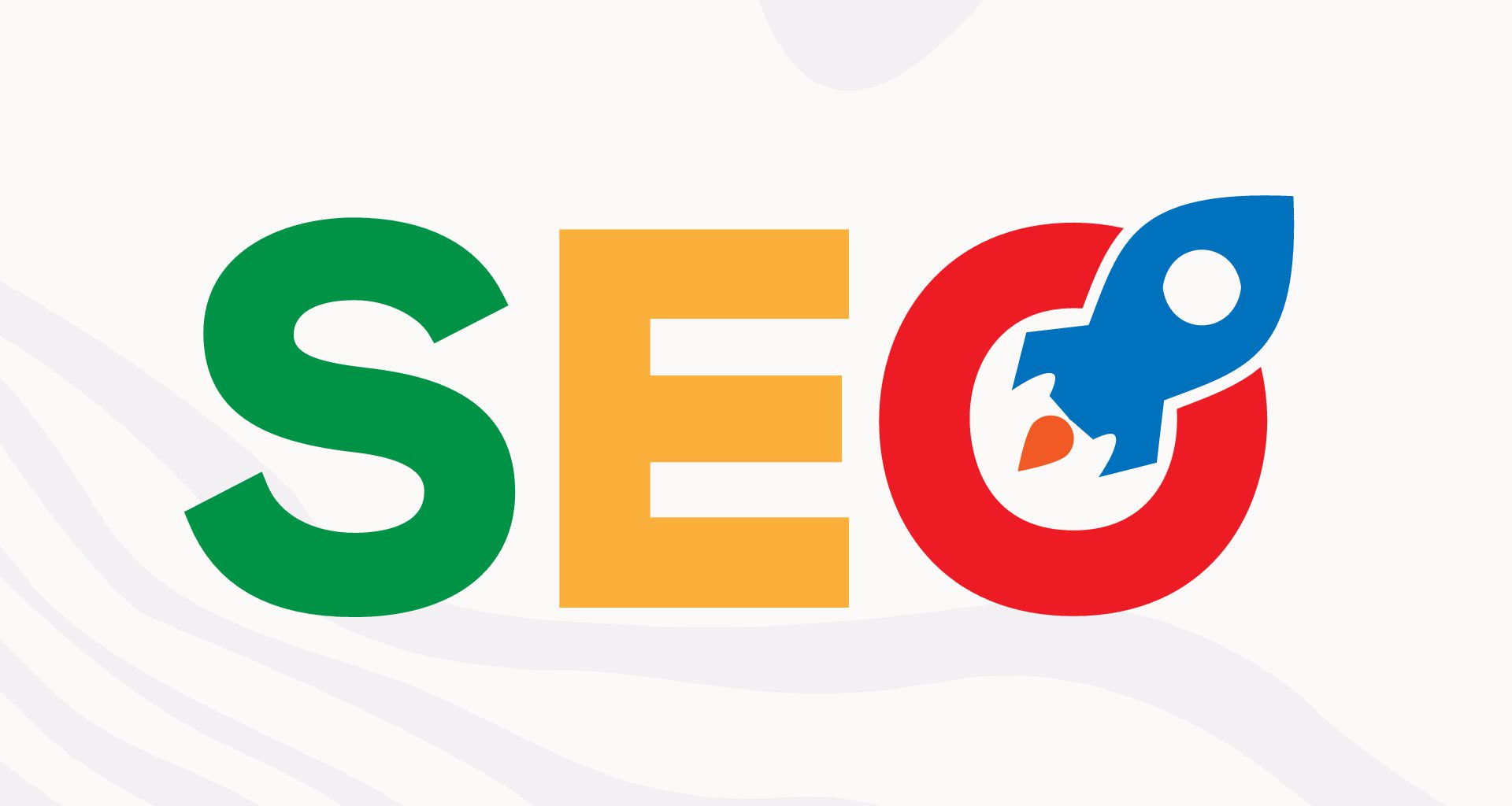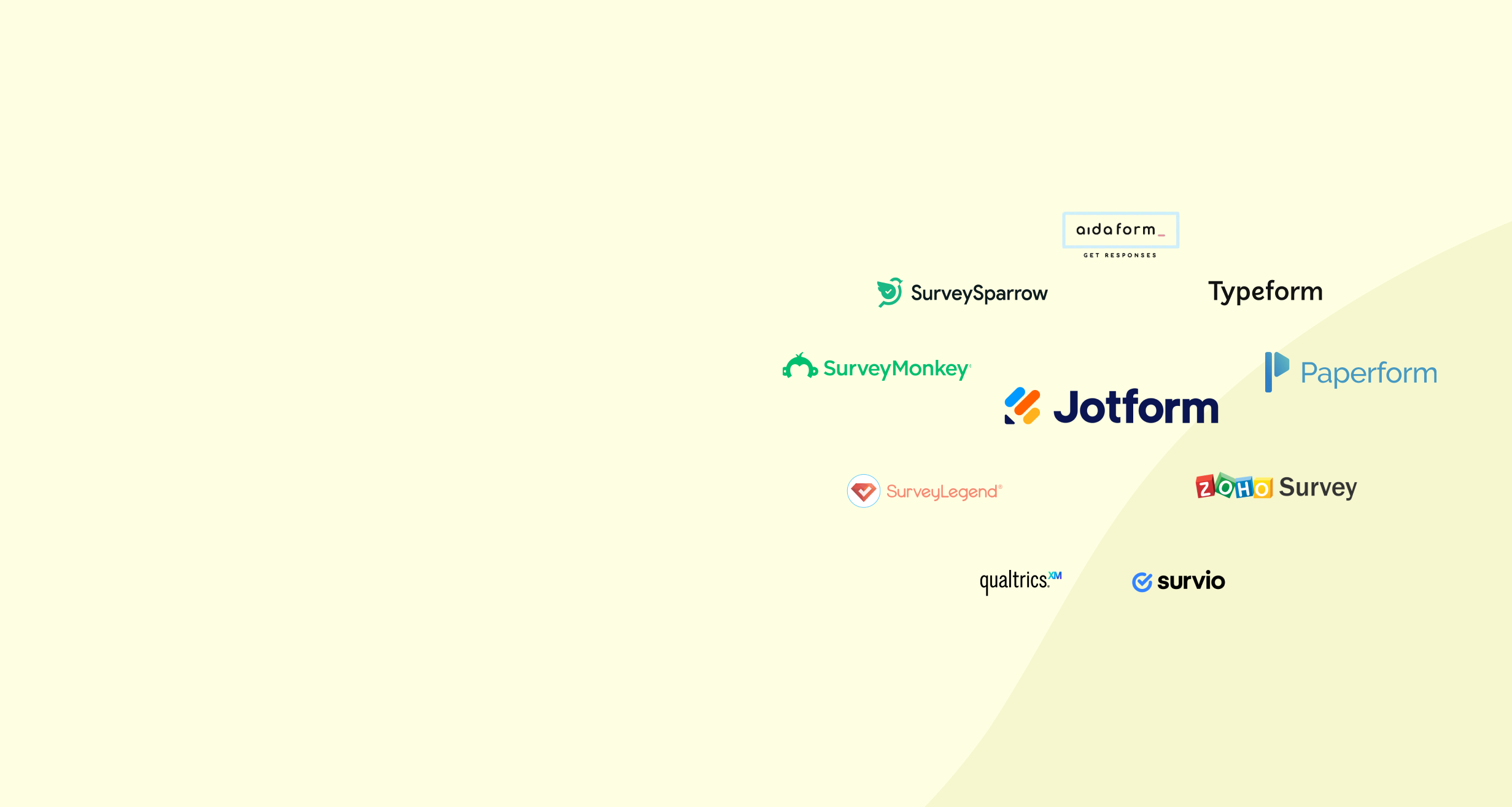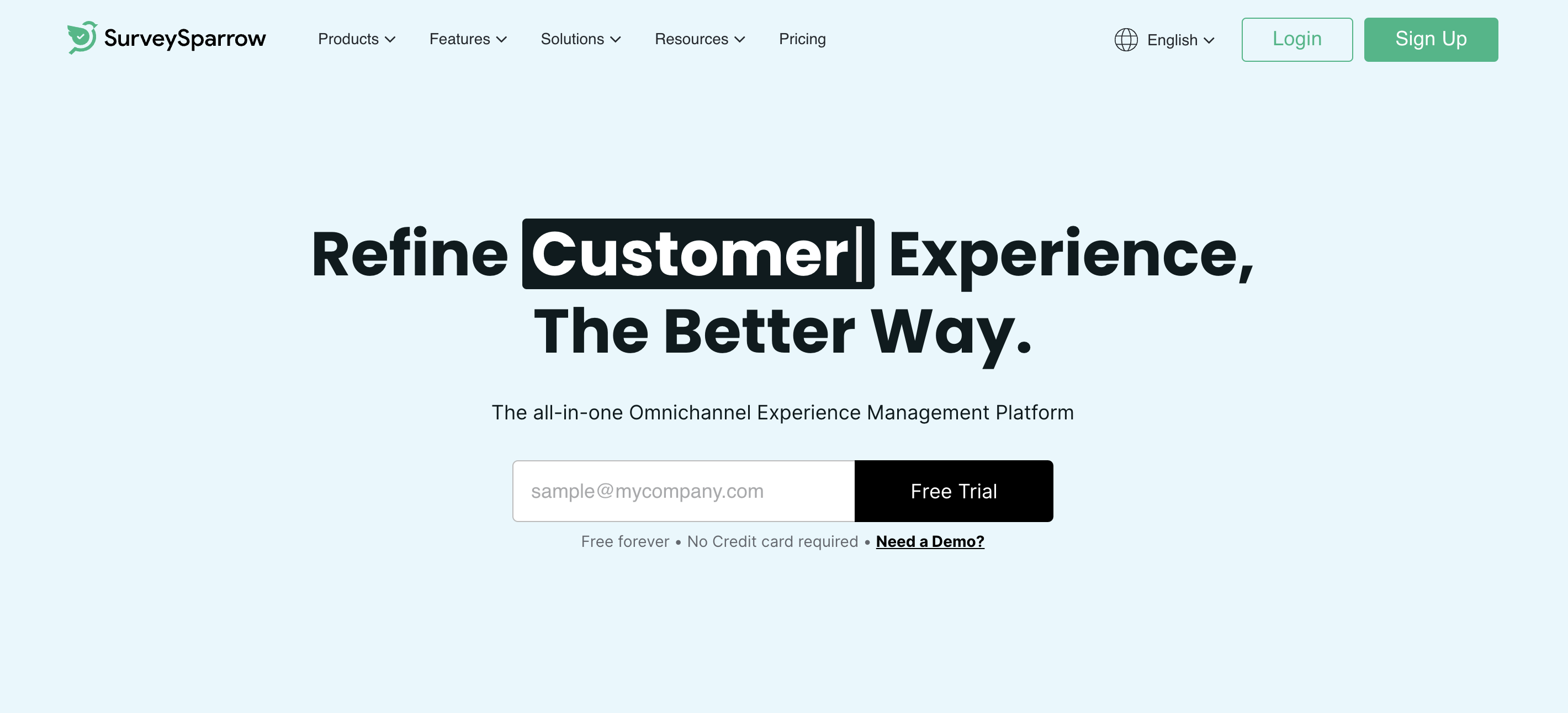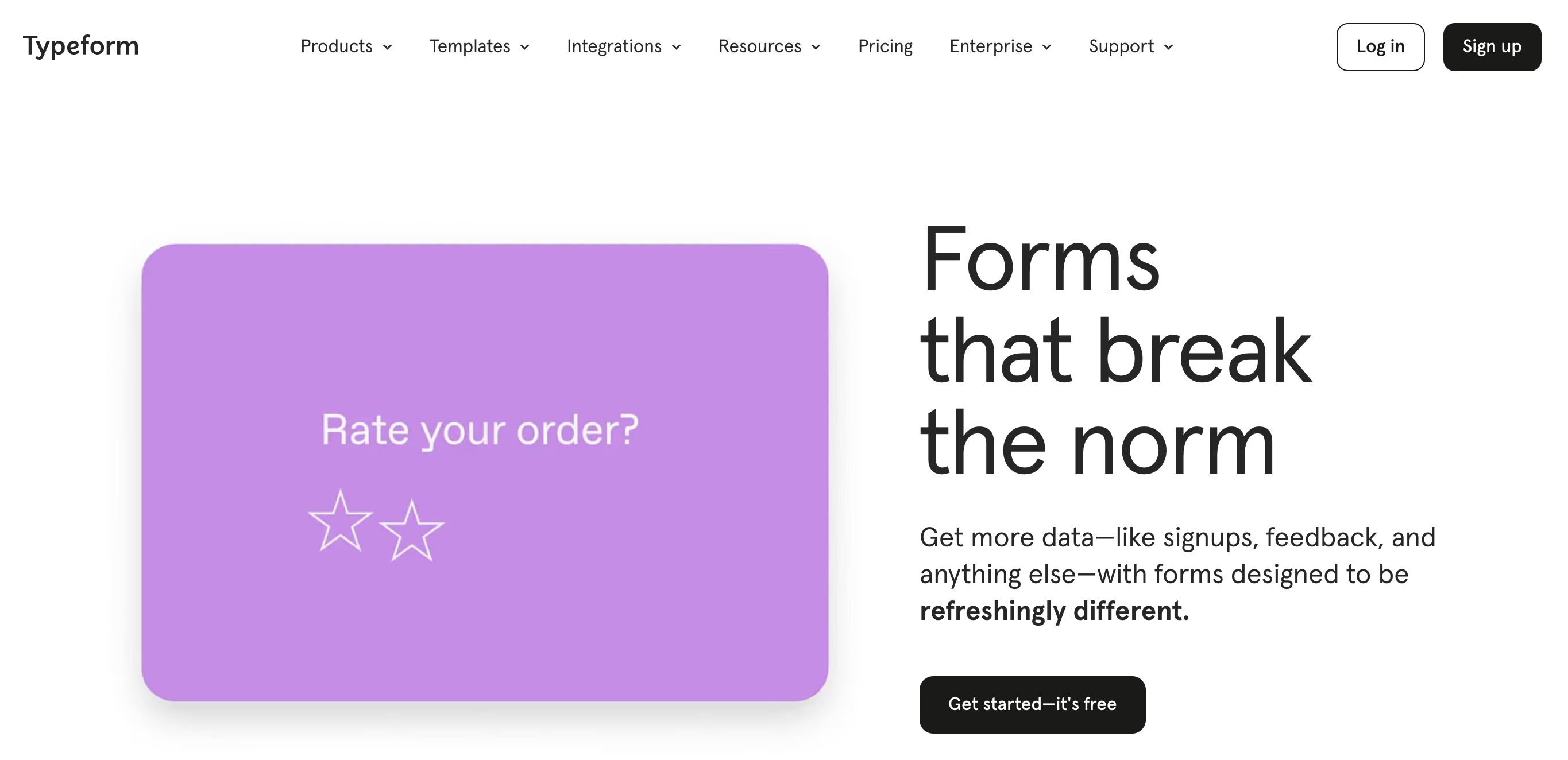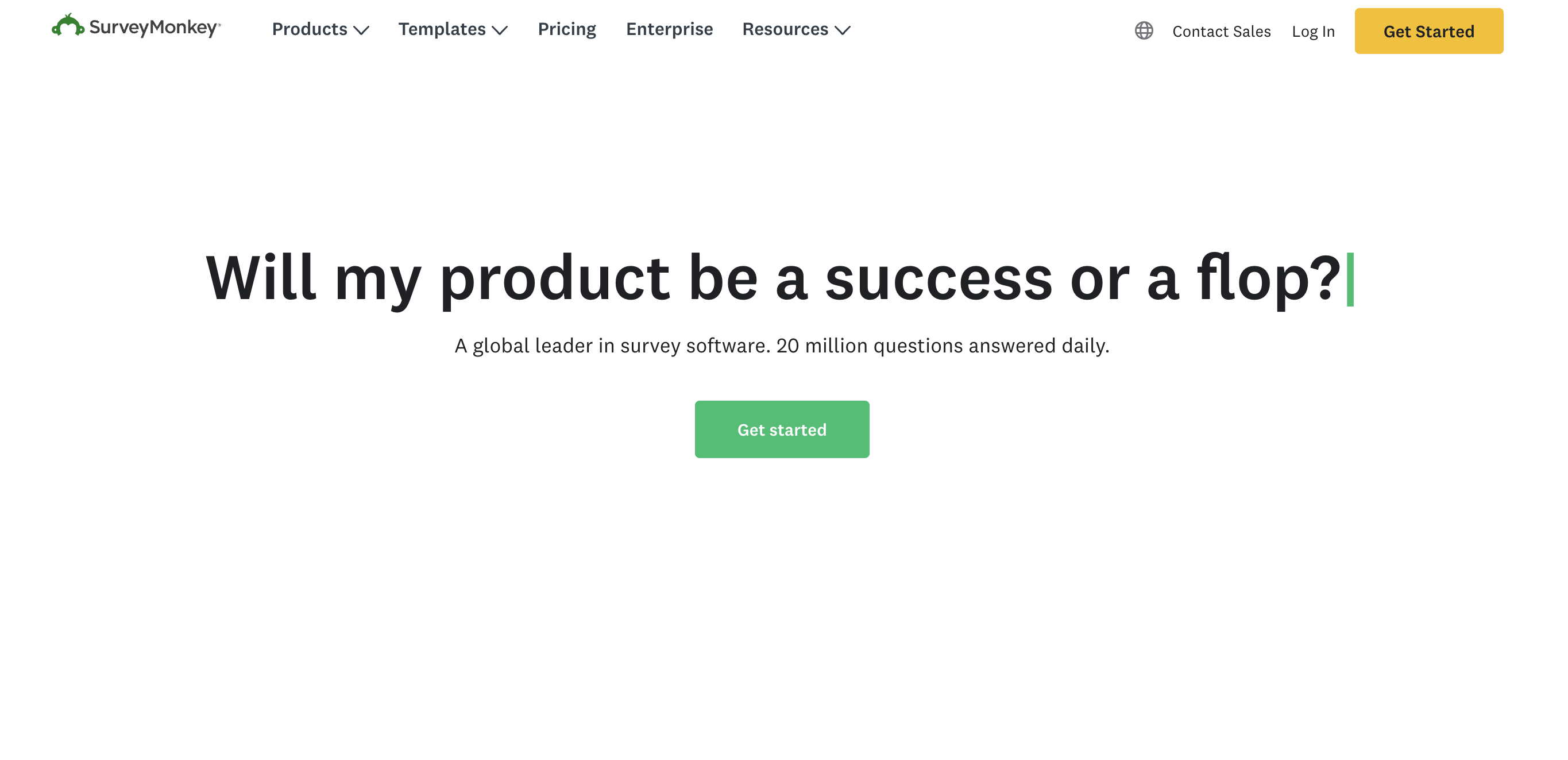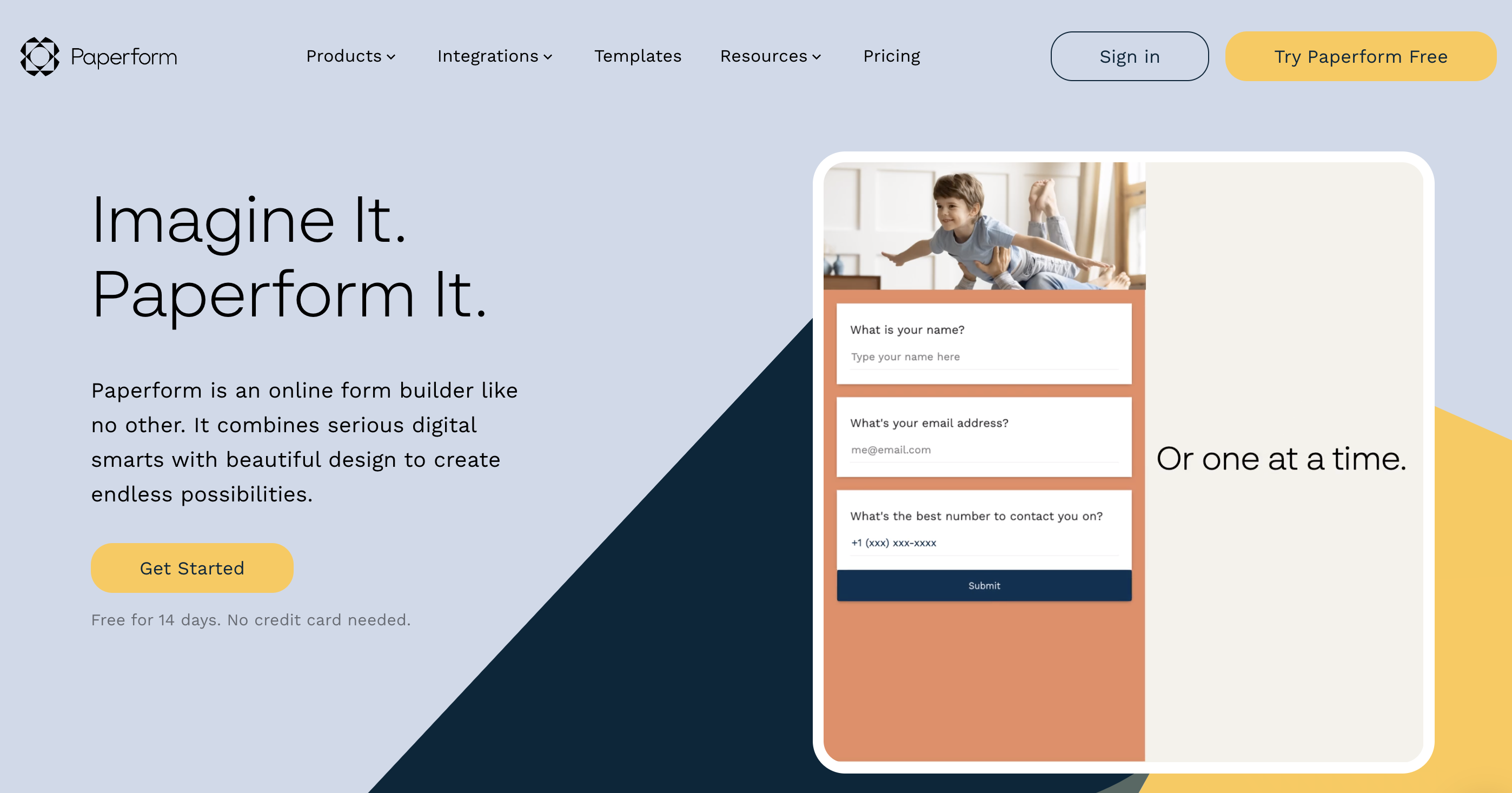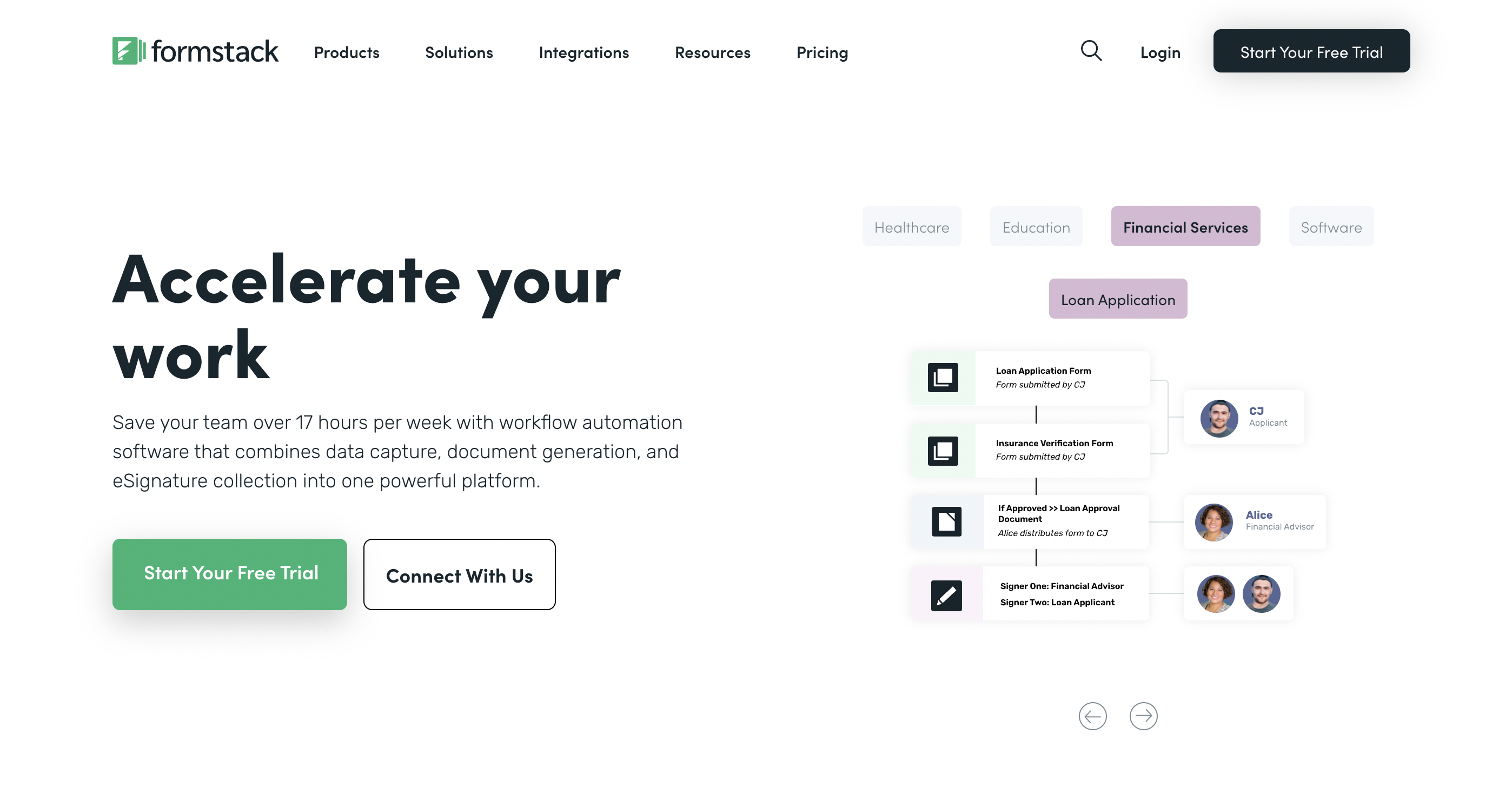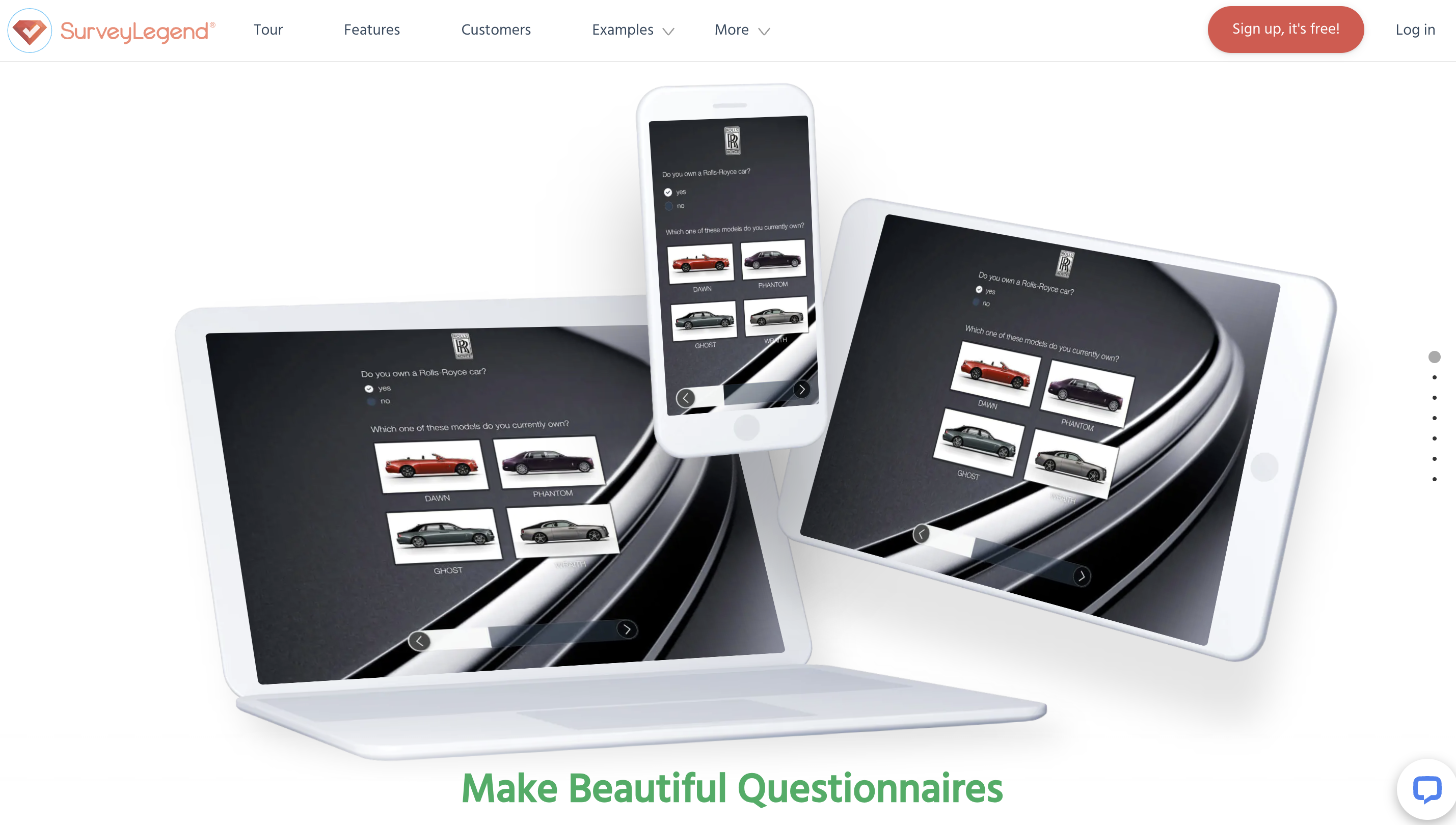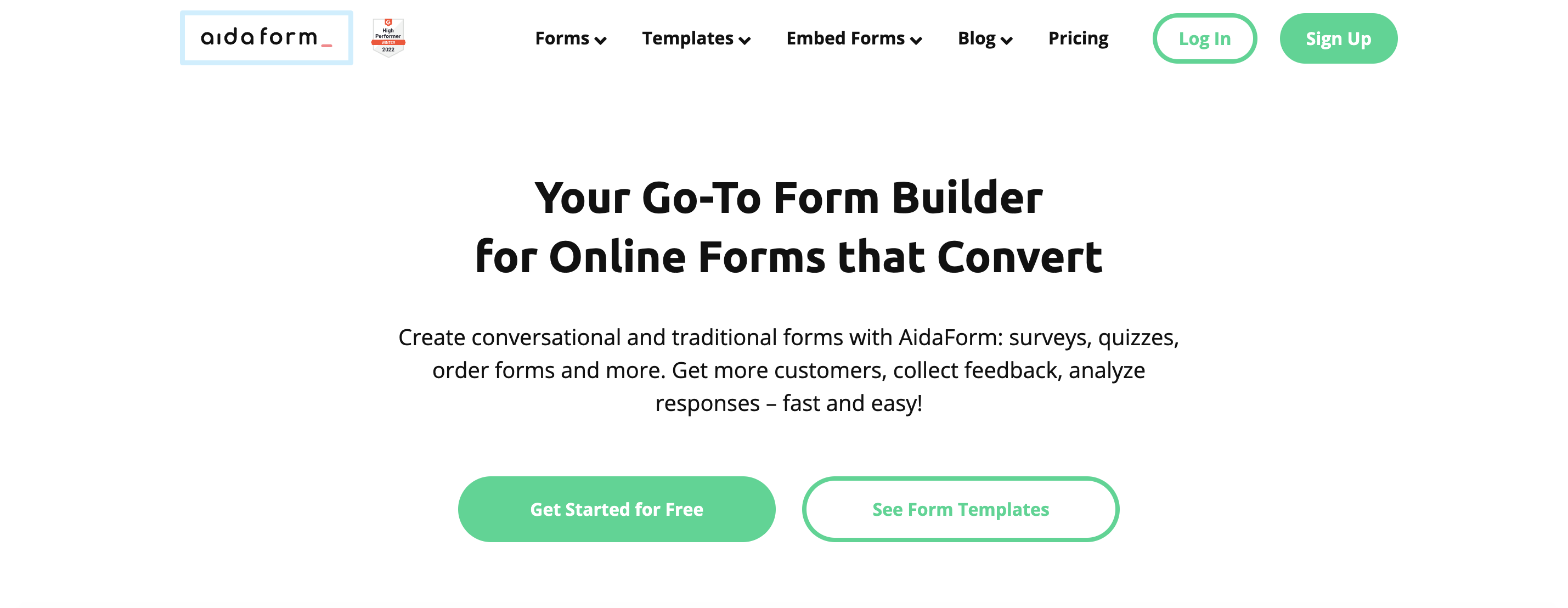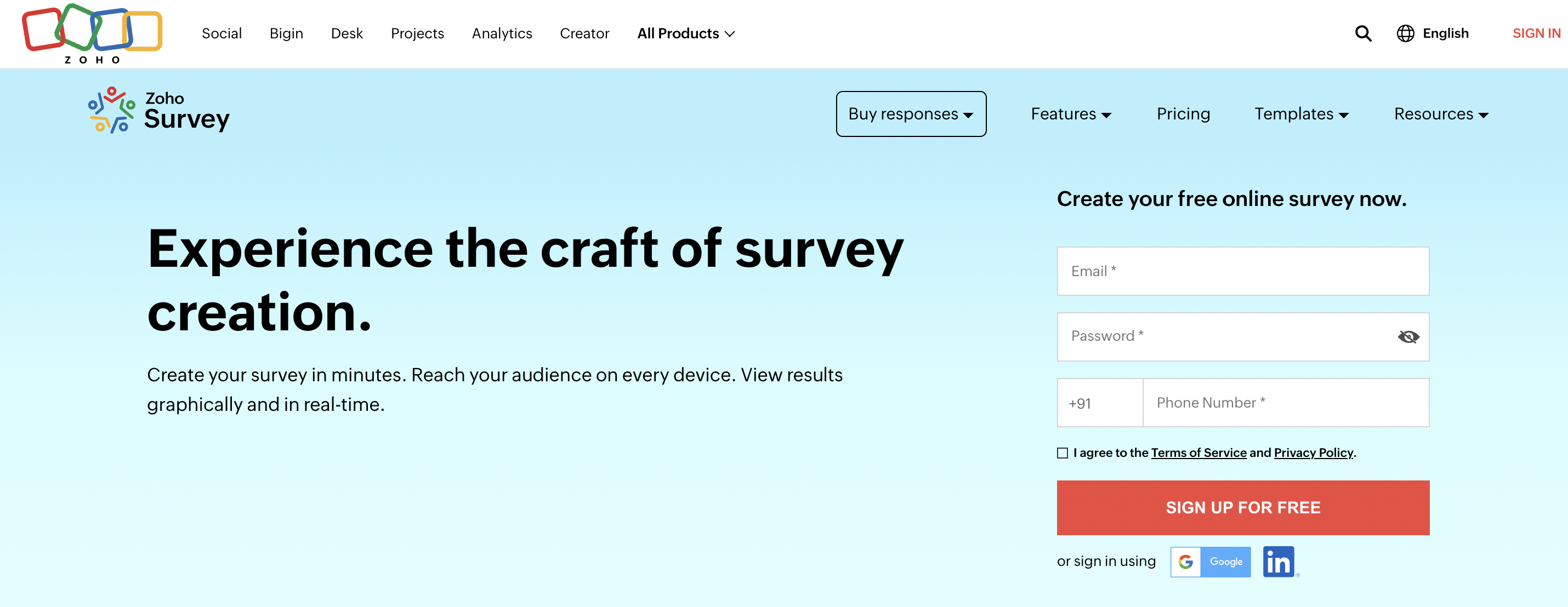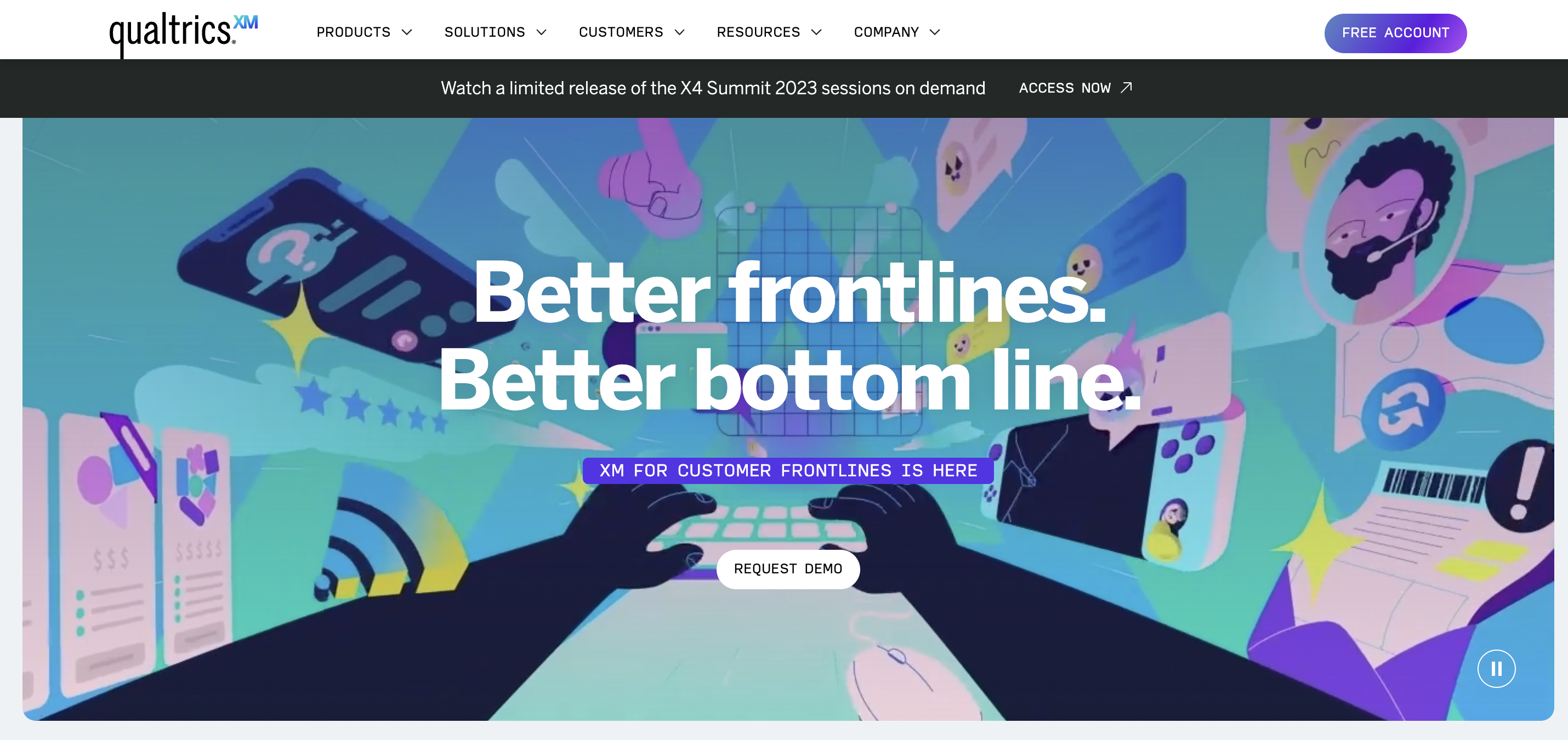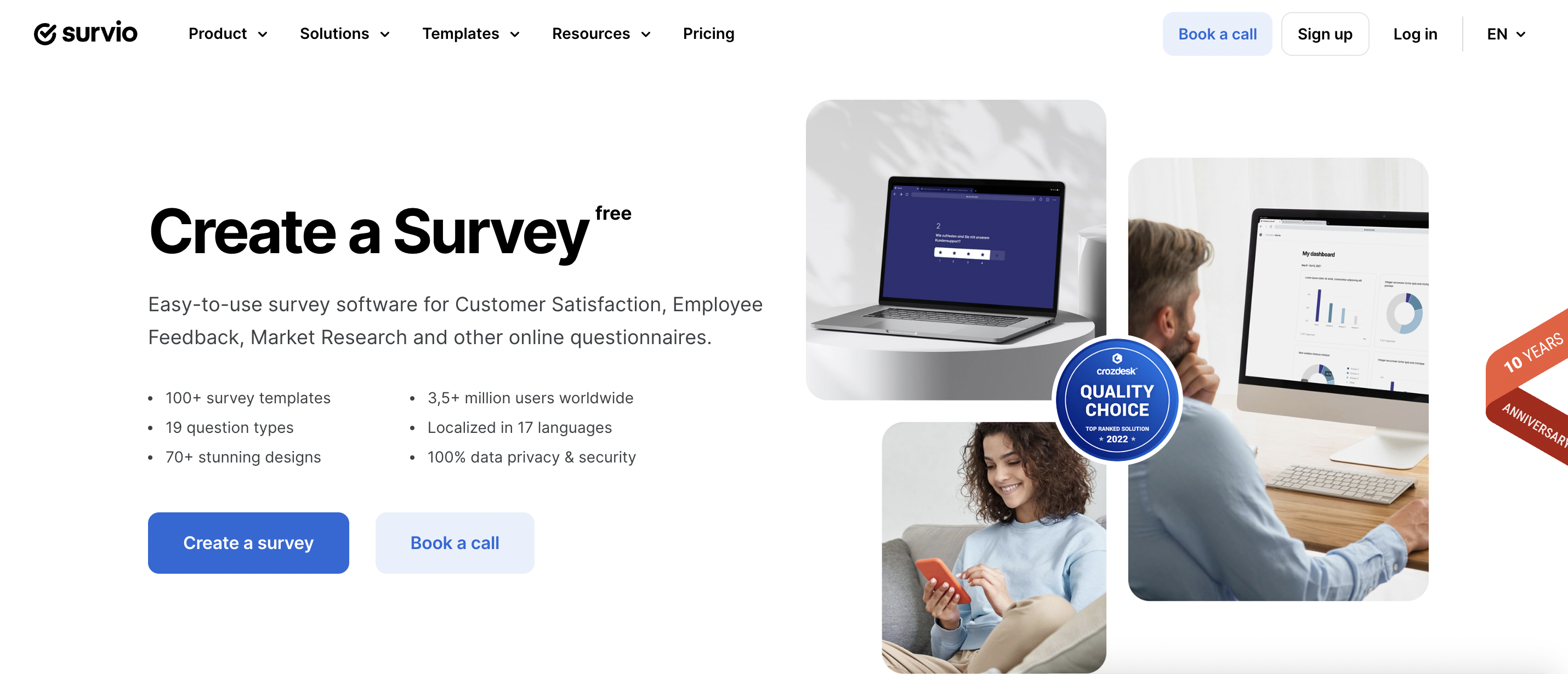In an era defined by remote work and dispersed teams, the demand for effective online collaboration tools has surged exponentially. These tools, meticulously designed to transcend physical distances and foster seamless teamwork, have become the backbone of modern work dynamics. This compilation delves into a curated selection of 15 indispensable online collaboration tools that empower remote teams to collaborate, communicate, and coordinate effortlessly. From virtual whiteboards igniting creative brainstorming sessions to project management platforms streamlining complex workflows, each tool serves as a digital ally, enabling teams to bridge the geographical gaps and work harmoniously towards shared goals. Explore this array of digital solutions that navigate the complexities of remote collaboration, amplifying productivity and camaraderie in an ever-evolving digital landscape.
Importance of Effective Collaboration in a Remote Environment
Effective collaboration in a remote environment is a cornerstone of modern work dynamics, playing a pivotal role in shaping the success and resilience of distributed teams. The significance of robust collaboration in this context is multifaceted and extends to several key aspects.
- Fostering Connectivity: In a remote setting, team members are physically separated, which can potentially lead to feelings of isolation and detachment. Effective collaboration bridges this gap by providing consistent communication channels that maintain a sense of togetherness. Regular video conferences, real-time messaging platforms, and virtual team-building activities help build interpersonal relationships and camaraderie, enhancing the overall team spirit.
- Enhancing Communication and Transparency: Clear and efficient communication is the bedrock of collaboration. Remote work relies heavily on digital tools that facilitate seamless information sharing. These tools allow team members to exchange ideas, provide feedback, and share updates in real time, ensuring that everyone is on the same page. The transparent flow of information minimizes misunderstandings and prevents the fragmentation of knowledge that can occur in isolated work environments.
- Amplifying Innovation: Effective collaboration in a remote environment encourages diverse perspectives to converge, sparking innovation and creative problem-solving. Virtual brainstorming sessions, collaborative document editing, and online ideation platforms enable team members to collectively generate and refine ideas. The synergy of minds from various backgrounds, cultures, and expertise areas enriches discussions and leads to more holistic and innovative outcomes.
- Boosting Productivity: Collaboration tools streamline workflows by providing centralized platforms for project management, task assignments, and document storage. This centralized approach ensures that tasks are well-defined, progress is tracked, and deadlines are met. Moreover, the accessibility of shared resources reduces redundant efforts, optimizing productivity and allowing team members to focus on high-value tasks.
- Supporting Flexibility: Remote work is characterized by flexibility in terms of when and where work is performed. Effective collaboration aligns with this flexibility by providing asynchronous communication options alongside real-time interactions. This empowers team members to balance work and personal commitments while still contributing effectively to the team’s goals.
Communication Tools
Communication tools have revolutionized the way individuals and teams interact, collaborate, and exchange information in both personal and professional settings. In an era where physical distances are no longer barriers to effective communication, these digital solutions have become essential enablers of seamless connectivity. Communication tools encompass a wide array of platforms and applications designed to facilitate real-time conversations, file sharing, video conferencing, and more. They bridge geographical gaps, allowing people to exchange ideas, coordinate tasks, and build relationships effortlessly, irrespective of their physical locations. From instant messaging apps to comprehensive collaboration suites, communication tools have become integral components of modern work and social interactions, redefining how we connect in an increasingly digital and interconnected world.
Slack:
Core Features: Slack is a widely used team messaging platform that facilitates real-time communication. It organizes conversations into channels, which can be grouped by topic, project, or team. Users can send messages, files, and links, making collaboration seamless. Slack also supports direct messages, video calls, and integrations with various apps, allowing teams to streamline their workflows and access information from different sources within the platform.
Microsoft Teams:
Core Features: Microsoft Teams is a collaboration hub within Microsoft 365 that combines chat, video conferencing, file storage, and app integration. It offers channels for focused discussions, direct messaging, and the ability to schedule and join video meetings. Teams seamlessly integrates with other Microsoft apps like Word, Excel, and PowerPoint, allowing for real-time co-authoring and sharing of files. It also supports integrations with third-party applications to extend its functionality.
Zoom:
Core Features: Zoom is a video conferencing tool that has gained immense popularity for its ease of use and reliable video communication. It offers features like one-on-one meetings, webinars, screen sharing, and breakout rooms for smaller discussions within larger meetings. Zoom’s virtual background feature, recording options, and interactive features like polls and reactions enhance the overall meeting experience.
Google Meet:
Core Features: Google Meet is Google’s video conferencing solution integrated with Google Workspace. It enables users to host high-quality video meetings with features like real-time captions, screen sharing, and adjustable layout views. Google Meet seamlessly integrates with Google Calendar, making it easy to schedule and join meetings directly from your calendar events. It also supports collaboration on Google Docs, Sheets, and Slides during meetings.
Asana:
Core Features: While Asana is primarily known as a project management tool, its communication features are crucial for team collaboration. Asana provides a centralized platform for task management, allowing teams to assign tasks, set due dates, and track progress. Users can communicate within task comments, attach files, and tag team members, ensuring context and discussions are closely tied to the work being done.
Project Management & Task Tracking Tools
Project management and task tracking tools have emerged as essential companions in the realm of modern work, offering structured approaches to organize, streamline, and monitor the multifaceted world of projects and tasks. These digital solutions have revolutionized how individuals and teams plan, collaborate, and execute projects, irrespective of their complexity or scale. By providing centralized platforms to outline project goals, assign tasks, set deadlines, and monitor progress, these tools empower teams to navigate the intricacies of project management with greater efficiency and transparency. From simple to sophisticated interfaces, project management and task tracking tools cater to diverse workflows, allowing teams to adapt methodologies like agile, Scrum, or Kanban to suit their unique requirements. As the heart of remote collaboration and dynamic teamwork, these tools facilitate real-time communication, enhance accountability, and pave the way for successful project outcomes in an ever-evolving digital landscape.
Trello:
Core Features: Trello is a visual project management tool that employs boards, lists, and cards to organize tasks and projects. Teams can create boards for different projects and populate them with lists representing stages or categories. Each task is represented by a card that can be moved across lists as it progresses. Users can add due dates, descriptions, attachments, and labels to cards, facilitating clear task management. Trello’s simplicity and flexibility make it ideal for small to medium-sized teams and projects.
Asana:
Core Features: Asana is a versatile project management platform that offers a detailed view of tasks and projects. It allows teams to create projects, tasks, and subtasks, assigning them to team members and setting due dates. Asana supports the creation of task dependencies, which helps visualize the sequence of work. The platform’s Timeline feature offers a Gantt-chart-like view, aiding in project planning and tracking. With customizable fields, templates, and integrations, Asana is suitable for a wide range of teams and projects.
Jira:
Core Features: Jira, developed by Atlassian, is a robust project management and issue tracking tool, popular among software development teams. It provides features for creating user stories, tasks, bugs, and more. Jira’s boards visualize tasks using Scrum or Kanban methodologies, allowing teams to manage their workflows effectively. With customizable workflows, advanced reporting, and integration capabilities, Jira supports agile project management and collaboration.
Monday.com:
Core Features: Monday.com offers a flexible work operating system that adapts to various team structures and workflows. The tool uses boards to display projects and tasks as customizable columns and rows. Users can assign tasks, set due dates, and add file attachments. Monday.com also provides automation features that streamline repetitive tasks, along with integrations with various apps and services. Its visual approach to task tracking suits teams seeking a customizable and collaborative platform.
ClickUp:
Core Features: ClickUp is an all-in-one project management platform that encompasses task management, goal tracking, document sharing, and more. It offers a variety of views, including lists, boards, and timelines, accommodating different project styles. Users can create hierarchical tasks, set priorities, and define dependencies. ClickUp’s features extend to time tracking, integrations with communication tools, and custom statuses, making it suitable for diverse teams and industries.
Document Collaboration & Storage Tools
Document collaboration and storage tools have revolutionized the way teams work together on shared documents and files. In an era of remote work and dispersed teams, these tools serve as digital hubs where individuals can collaborate, co-create, and store important information seamlessly. By offering features such as real-time editing, version control, and secure cloud storage, these platforms facilitate efficient teamwork regardless of geographical barriers. From cloud-based suites like Google Workspace and Microsoft 365 to specialized solutions like Dropbox and Box, these tools empower teams to collaborate on documents, spreadsheets, presentations, and more, enhancing productivity and ensuring that information is accessible whenever and wherever it’s needed.
Google Workspace (formerly G Suite):
Core Features: Google Workspace offers a suite of cloud-based productivity tools including Google Docs, Sheets, Slides, and Drive. These tools enable real-time collaborative editing, allowing multiple users to work on documents simultaneously. Google Drive provides ample storage for files and allows easy sharing with permissions control. Version history tracking, comments, and integrated chat make it a powerful platform for remote teams to collaborate on documents and spreadsheets.
Microsoft 365:
Core Features: Microsoft 365 (formerly Office 365) encompasses applications like Microsoft Word, Excel, PowerPoint, and OneDrive. Similar to Google Workspace, Microsoft 365 allows real-time collaboration on documents, with the added familiarity of Microsoft’s popular tools. OneDrive offers secure cloud storage and seamless integration with Microsoft’s productivity suite, making it convenient for teams to co-author, share, and access files from anywhere.
Dropbox:
Core Features: Dropbox is a cloud storage solution that also facilitates document collaboration. It offers features like file synchronization across devices, shared folders, and file requests. Dropbox Paper, an integrated document editor, allows teams to collaborate on documents, embed media, and track changes. Its intuitive interface and integration with various third-party apps make it a versatile tool for document management.
Box:
Core Features: Box is a cloud content management platform focused on secure file sharing and collaboration. It emphasizes data security and compliance, making it suitable for industries with stringent data protection requirements. Box offers features such as version control, workflow automation, and task assignments. Its integrations with productivity tools and comprehensive security measures position it as a robust document collaboration solution.
Notion:
Core Features: Notion is an all-in-one workspace that combines note-taking, task management, and collaboration features. It enables users to create documents, databases, wikis, and more, all within a flexible and interconnected system. Notion’s blocks-based editing allows for rich content creation, while its collaboration features facilitate team-wide knowledge sharing and project coordination.
Design & Creativity Collaboration Tools
Design and creativity collaboration tools have revolutionized the way individuals and teams conceptualize, craft, and refine visual content in today’s digital landscape. These innovative platforms cater to the needs of designers, artists, and creators by offering dynamic environments for collaborative ideation and creation. From comprehensive suites like Adobe Creative Cloud to specialized tools like Figma and Miro, these platforms empower professionals to work together in real time, irrespective of their physical locations. By fostering seamless collaboration, version control, and shared feedback, these tools transform the creative process into a fluid and interactive experience, ensuring that design concepts evolve into stunning visuals that captivate audiences and drive innovation forward.
Adobe Creative Cloud:
Core Features: Adobe Creative Cloud is a comprehensive suite of design and creativity tools, including Photoshop, Illustrator, InDesign, and more. These applications enable professionals to create graphics, illustrations, layouts, and multimedia content. Adobe’s cloud-based model offers seamless collaboration through shared libraries, real-time co-editing, and version history tracking. Teams can collaborate on projects, share assets, and receive feedback within the same creative environment.
Figma:
Core Features: Figma is a cloud-based design tool known for its collaborative features. It allows real-time design collaboration, enabling multiple users to work simultaneously on the same project. Figma supports design file versioning, commenting, and prototyping, streamlining the design-to-implementation process. Its cloud-based nature ensures that designs are accessible from any device, making it ideal for remote teams.
Miro:
Core Features: Miro is a digital whiteboard platform that promotes visual collaboration. It offers a canvas for teams to brainstorm, create diagrams, and plan projects visually. Miro enables real-time collaboration, with features like sticky notes, templates, and integrations with other tools. It’s especially useful for remote workshops, ideation sessions, and collaborative planning.
Canva:
Core Features: Canva is a user-friendly graphic design tool that empowers users to create professional-quality visuals without extensive design skills. It offers a library of templates for various design needs, from social media posts to presentations. Canva allows teams to collaborate by sharing designs, inviting comments, and working together on projects. It’s an accessible tool for both designers and non-designers alike.
InVision:
Core Features: InVision is a platform focused on design collaboration and prototyping. It allows teams to create interactive and animated prototypes of web and mobile applications. InVision supports design sharing, feedback collection, and version control, enabling teams to iterate and improve designs collaboratively. Its user testing and collaboration features aid in refining user experiences before development.
Specialized Collaboration Tools
Specialized collaboration tools cater to specific industries and use cases, providing tailored solutions to enhance teamwork, communication, and project management. Here are a few examples of specialized collaboration tools and their core features:
Slack for Teams and Businesses:
Core Features: While Slack is widely used for general communication, it also offers specialized versions for various industries such as healthcare, finance, and education. These versions include features tailored to meet specific regulatory requirements and security standards. For instance, Slack for Healthcare provides tools for secure communication, patient information protection, and HIPAA compliance.
GitHub for Software Development Collaboration:
Core Features: GitHub is a platform designed for version control and collaborative software development. It enables developers to collaborate on code repositories, track changes, manage issues, and merge code changes seamlessly. Teams can review code, suggest improvements, and work on projects collaboratively, making it a cornerstone for open-source and private software development.
Wrike for Marketing Collaboration:
Core Features: Wrike is a project management and collaboration tool tailored for marketing teams. It helps streamline campaign planning, asset management, and collaboration among various stakeholders. Wrike offers tools to manage creative briefs, track tasks, and maintain marketing calendars. It’s designed to align marketing efforts, facilitate collaboration between marketers, designers, and writers, and ensure campaigns are executed smoothly.
Aha! for Product Management Collaboration:
Core Features: Aha! is a product roadmap and strategy tool that focuses on collaborative product management. It allows teams to define product goals, create roadmaps, and prioritize features. Aha! enables cross-functional collaboration between product managers, engineers, designers, and other stakeholders. It serves as a centralized platform for product planning, ensuring everyone is aligned on product vision and strategy.
Clio for Legal Practice Collaboration:
Core Features: Clio is a practice management software designed for law firms and legal professionals. It offers tools for case management, time tracking, billing, and document management. Clio’s collaboration features enable lawyers to work together on cases, track client communications, and securely
Wrapping Up
In the ever-evolving landscape of modern work, collaboration tools have emerged as the linchpin of seamless communication, efficient teamwork, and transformative productivity. From project management and document collaboration to industry-specific solutions, these digital allies have redefined how individuals and teams connect, innovate, and deliver results. Whether it’s fostering real-time communication across continents, enabling designers to co-create visually stunning concepts, or aiding specialized industries in complying with regulations, collaboration tools have become the cornerstone of success in a world where remote work, global partnerships, and interdisciplinary collaboration are the new norm. As we embrace the future, these tools remain the conduit through which ideas flourish, talents converge, and the boundaries of possibility continue to expand.




